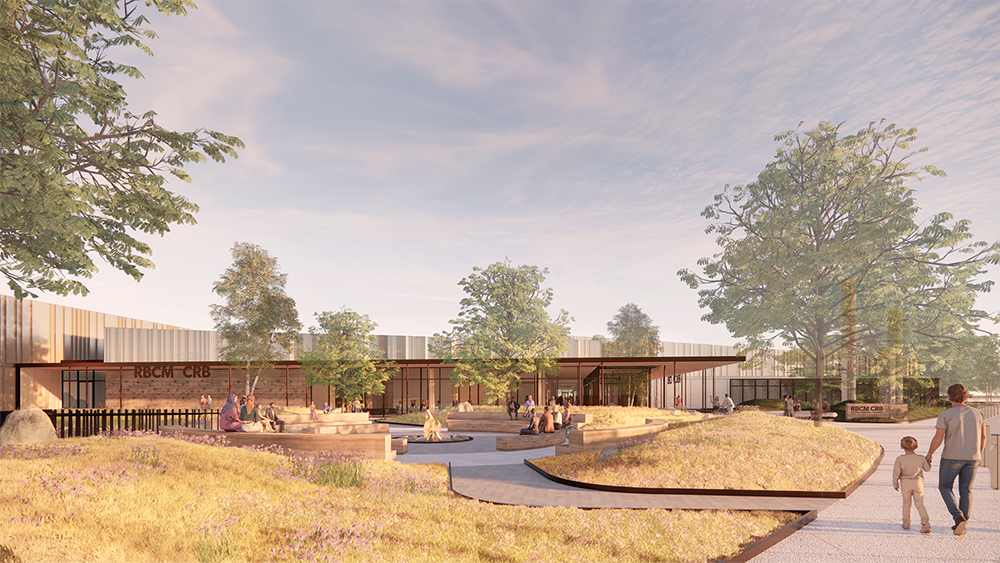
How to Manage Flanking Noise in Mass Timber Buildings
Interest and adoption of mass timber construction have been swift since it made its debut in North America in 2012. Demand has only multiplied with growing interest in biophilic design, which integrates natural elements such as plants, green walls, healing gardens, and wood finishes into building interiors. It has become so popular that a recent report projects that the number of mass timber buildings could double every two years.

Acoustical Challenges of Mass Timber
The use of exposed wood walls and ceilings has become trendy and beautiful. It also has a lower carbon footprint than steel or concrete, is fire-resistant, and can be economical since mass timber structures can be built as components offsite and then transported to the project site ready to be installed.
However, mass timber needs to be incorporated carefully into the design because using wood as a structural element can introduce significant acoustical challenges, particularly for indirect paths of noise transfer. With direct sound, we are talking about noise that travels directly through a floor, ceiling, or wall, allowing noise in one unit to be heard through a dividing wall. Indirect or secondary sound travels through structural elements, such as joists, cracks, pipe penetrations, and junctions between floors and walls. These secondary sound transmission paths are known as flanking paths. Flanking noise is an issue in all types of structures, but it is more common in lightweight construction, making it more prevalent in mass timber buildings compared to concrete.
Mass Timber Construction Noise Control
When planning a mass timber project, especially those with multiple stories or sensitive spaces, it’s crucial to address mass timber construction noise control from the beginning. By managing flanking noise, you ensure a more comfortable and acoustically controlled environment. Implementing noise control strategies early will result in improved performance, minimizing disruptions and maintaining the structural integrity of the building.
Key Acoustical Considerations for Effective Mass Timber Construction Noise Control
- Determine the right mass timber option: There are several options in Canada, including cross-laminated timber (CLT), nail-laminated timber (NLT), and dowel-laminated timber (DLT). For overall noise control, controlled laboratory sound transmission class (STC) testing found CLT performs slightly better than other options as the laminates are cross-oriented in a panel and have less susceptibility to small holes and cracks.
- Increase the mass of mass timber: Selecting a thicker mass timber means better noise control and can achieve the same sound levels expected from steel and concrete. As thickness increases, both direct STC and flanking performance improve.
- Separate noisy and quiet spaces in the design: When designing the space, having buffer areas between noise-generating spaces and quiet spaces helps avoid the need for high levels of sound isolation. For example, a party room or fitness room should not be directly adjacent to residential units, lobbies, or corridors.
- Add resilient pads: Provide breaks or discontinuities in the wood structure to prevent sound from traveling to adjacent horizontal rooms via the floor. This can be accomplished by adding resilient pads between structural elements such as timber slabs, floor structures, shear walls, or beams.
Planning Ahead for Mass Timber Construction Noise Control
Making key acoustical decisions early in the design process can help to avoid any sound transmission issues in a mass timber structure. During design, you can ensure noisy and quiet spaces are separated, select the right mass timber and thickness and determine how much exposed wood can be included without impacting noise transmission. Trying to fix flanking issues later or once the structure is built will be more difficult and likely more costly. It is possible to have mass timber construction noise control and sound isolation as long as it is designed appropriately and early.
